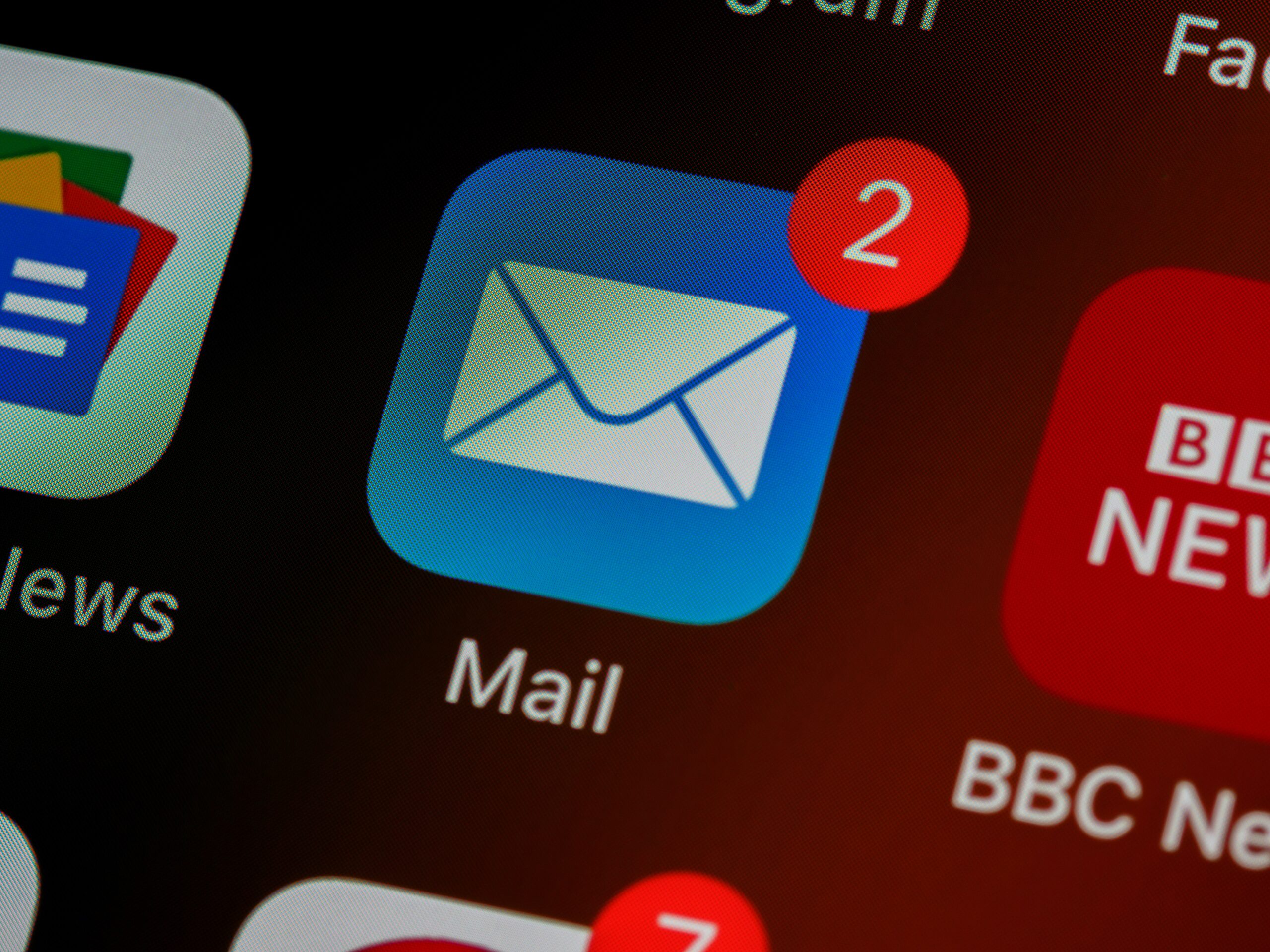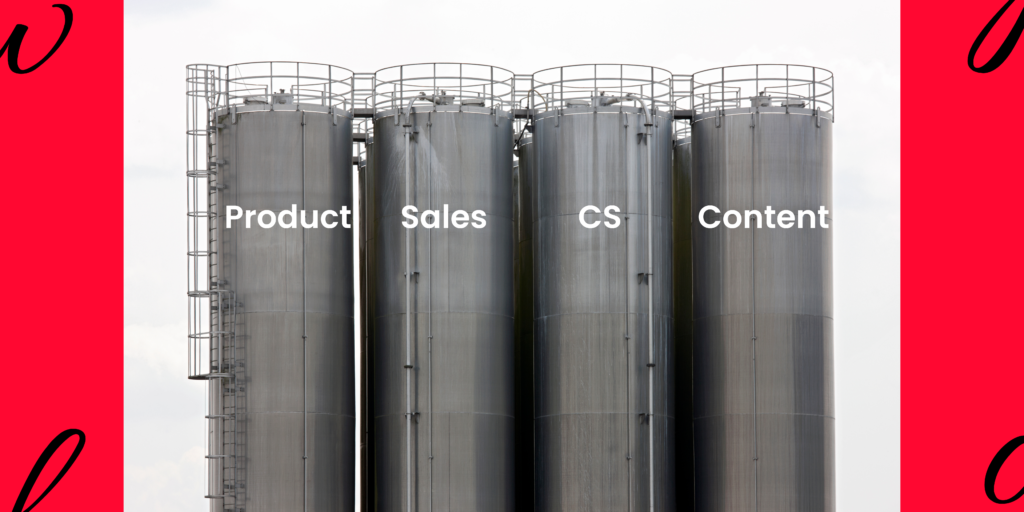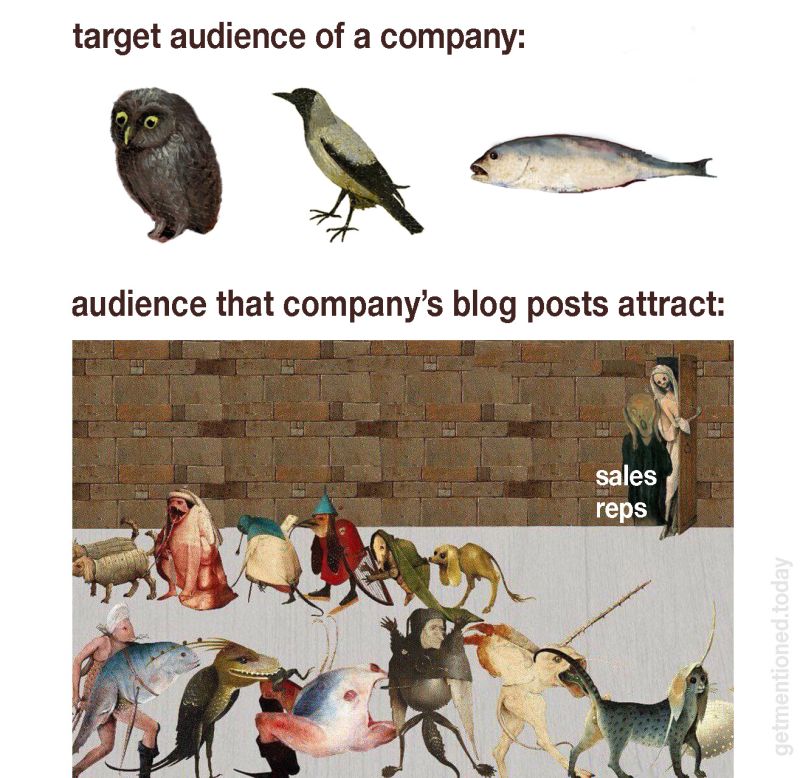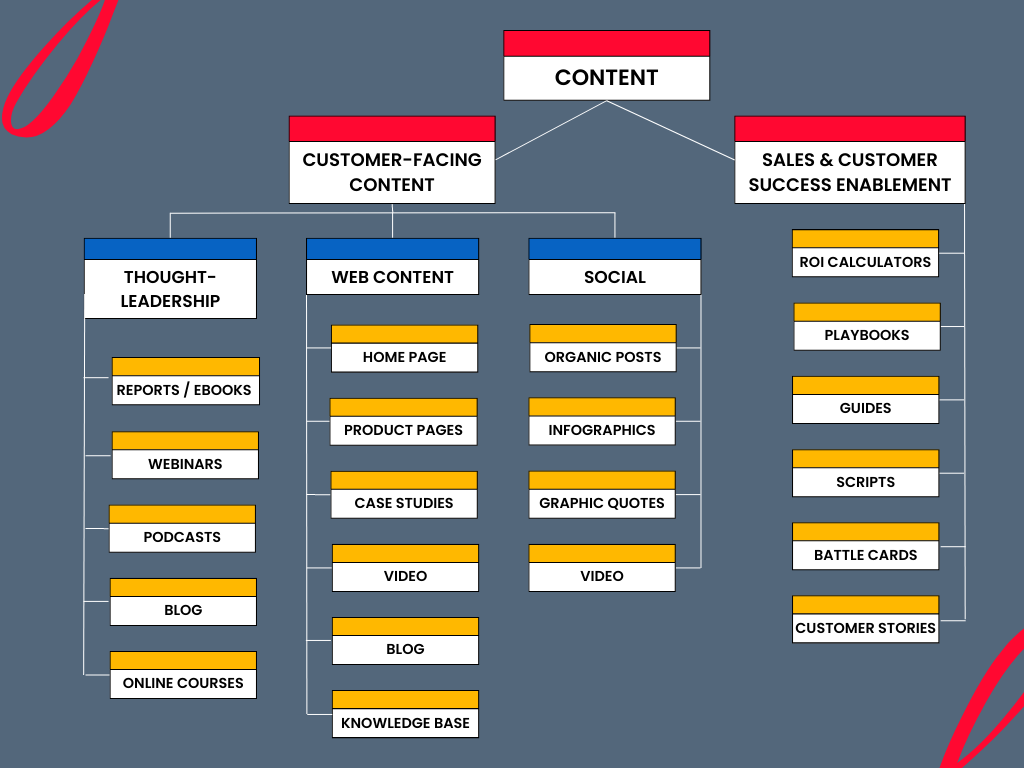„Nobody said it was easy,” – sang Chris Martin, lead singer of the band Coldplay, in the song „The Scientist.”
This line applies nicely to the marketing automation world. Why? Because, no matter if your cup of tea is e-commerce or SaaS, you will know those setbacks inside out:
- integrating various systems,
- picking the right software
- handling large amounts of customer data,
- understanding complicated customer journeys,
- tailoring personalized interactions,
- and accurately measuring the return on investment (ROI).
Navigating this landscape might feel overwhelming, but marketing automation, despite its complexities, can be a powerful tool to maximize your return on investment (ROI).
And this is where a marketing automation agency steps in.
Consider them your expert guide, leveraging their specialized knowledge, technology, and strategic planning to help you conquer this challenging terrain.
Their expertise can streamline operations, manage customer data effectively, measure accurate ROI, and, importantly, allow your team to focus on core competencies.
In this guide, you’ll uncover:
- how marketing automation can impact your company’s bottom line
- what are the key features of a robust marketing software
- how a marketing automation agency can help you maximize your ROI
- and how to select the right agency to drive more customers and more revenue.
Your marketing journey is about to get significantly easier.
Let’s roll!
Marketing automation 101
Before we go into the juicy details of revamping your marketing performance, let’s start from the baseline and define the concepts behind marketing automation.
What is marketing automation
In its essence, marketing automation is using software and technology to automate repetitive marketing tasks, allowing teams to focus more on strategy and less on manual tasks. It encompasses a range of functions, including email marketing, social media posting, and lead generation.
But it’s not all about automation; it’s also about optimizing these tasks to make them more effective and efficient.
Beyond task automation, marketing automation is pivotal in managing complex marketing channels. It aids in segmenting audiences, scheduling communications, tracking performance metrics, and nurturing leads through the sales funnel.
It’s the powerhouse behind the scenes, tirelessly working to keep your digital marketing efforts consistent, personalized, and effective.
Evolution of Marketing Automation
Marketing automation has come a long way since its inception. It started as a simple tool to automate email marketing but quickly evolved to encompass a broader array of marketing tasks.
Its evolution is a testament to the relentless pace of technological advancement and the ever-changing landscape of digital marketing.
Today, marketing automation platforms are sophisticated, offering comprehensive solutions catering to various marketing channels. They enable businesses to orchestrate complex, multi-channel campaigns, harness the power of data, and provide unparalleled personalization.
From its humble beginnings, marketing automation has become a critical component of modern marketing strategies.
Why Marketing Automation Plays a Crucial Role in Today’s Digital Landscape
In the dynamic world of today’s digital landscape, where customers often interact with brands across various touchpoints, the role of marketing automation is undeniably significant.
It offers a helping hand to marketers, enabling them to manage multiple marketing channels with grace and efficiency, thereby providing a harmonious and consistent customer experience. In addition, it enriches lead generation strategies, making it possible to reach prospects at various stages of the sales journey with just the right message.
More than just executing tasks, marketing automation serves as a powerful magnifying glass, offering deep insights into customer behavior. This allows marketers to fine-tune their strategies based on real, tangible data. In an environment where data is considered the crown jewel, having the capability to dissect and act upon it is truly precious.
Ultimately, marketing automation isn’t merely a tool – it’s more like a trusted friend, walking alongside you as you navigate the intricacies of the ever-evolving digital marketing landscape.
Your Business Needs Marketing Automation. And Here’s Why
A New Opening for Your Efficiency and Productivity
The first significant benefit of marketing automation? It’s all about drumming up efficiency and productivity. Imagine not having to send out every email or social media post manually.
Marketing automation takes over repetitive tasks, freeing your team to focus on strategic, revenue-generating activities. It’s like having an extra pair of hands that work tirelessly to ensure your sales and marketing tasks are executed flawlessly.
Plus, automation reduces the chances of human error. This means you can trust that your new leads will receive that welcome email and that your social media posts will go live optimally.
Through automation, you can streamline your processes and improve the effectiveness of your marketing results, ultimately leading to increased productivity and the ability to grow revenue.
…And for Your Customer Engagement
Marketing automation also shines in the area of customer engagement. In the age of multiple channels, it can be challenging to maintain consistent communication with your customers. Enter automation. With it, you can ensure that your brand maintains a strong, personalized presence across various platforms, enhancing customer engagement along the way.
Moreover, automation tools can help keep your brand at the top of mind for customers by sending out regular, relevant content. Whether it’s an email newsletter or a personalized offer, automation can help you engage with your customers on a deeper level, ultimately nurturing those relationships and driving customer loyalty.
Improved Analytics and Reporting
Ever feel like you’re swimming in data but struggling to find the insights you need? Marketing automation can help. By automatically tracking customer interactions and marketing results, these tools offer an efficient way to gather, manage, and analyze your data. Say goodbye to manual data entry and hello to accurate, real-time analytics.
Marketing automation doesn’t just collect data; it turns it into understandable reports. This means you can gain quick insights into which campaigns are working, where your best leads are coming from, and how to improve your strategies to grow revenue. In short, marketing automation provides the roadmap to your marketing success.
Superior Segmentation and Personalization
Finally, marketing automation significantly amplifies the precision and effectiveness of segmentation and personalization. With automation, you can easily categorize your customers based on their interests, browsing behavior, or purchase history.
This superior segmentation allows you to deliver highly targeted marketing messages, enhancing the personal connection with your customers.
In addition, automation makes it easier to create personalized content that resonates with your customers.
Whether crafting an email that addresses the recipient by their first name or sending customized product recommendations, marketing automation enables you to make your customers feel special and seen, elevating their engagement with your brand.
Key Features of Marketing Automation Platforms
Email Marketing
At the heart of many marketing automation platforms is a powerhouse feature: email marketing. Most of us are familiar with it, but it takes a whole new shape when powered by marketing automation tools.
Automating your email marketing allows you to schedule emails, segment your audience, and even personalize your emails, all without lifting a finger.
But it’s not just about saving time. With advanced automation features, your email marketing can be incredibly targeted, ensuring that the right message gets to the right person at the right time.
In other words, marketing automation technology makes your email marketing a precision instrument in your marketing strategy.
CRM Integration
Integration with Customer Relationship Management (CRM) systems is another crucial feature many marketing automation platforms offer. By combining the power of CRM and marketing automation, you can create a seamless data flow between your marketing and sales teams.
This allows for a better understanding of your customers and prospects.
The right marketing automation tool will fit smoothly with your existing CRM, enhancing your overall marketing strategy. With CRM integration, you can ensure that your sales and marketing efforts are in sync, creating a unified approach to generating and nurturing leads.
Social Media Management
Managing multiple social media platforms in today’s digital age is like juggling flaming torches. Enter social media management tools, a standard feature in many marketing automation software. These tools let you schedule posts, engage with your audience, and even monitor social media conversations about your brand from a single platform.
But the magic of marketing automation doesn’t stop there. Advanced automation features also allow you to personalize your social media marketing. Imagine targeting specific segments of your audience with tailored messages across different platforms. That’s the power of a robust marketing automation platform at your fingertips.
Analytics and Reporting Tools
Last but not least, robust analytics and reporting tools are vital to any good marketing automation platform. Without data, your marketing strategy is like a ship without a rudder.
That’s where these tools come in. They gather and analyze data from your marketing campaigns, providing valuable insights into what’s working and what’s not.
Moreover, these reporting tools present the data in a way that’s easy to understand, making it more straightforward for you to make data-driven decisions. With the right marketing automation tool, you’re not just getting a set of features; you’re getting a valuable partner in your quest to understand and engage your audience better.
Need some examples of the best marketing automation software? Here you go:
Why Employ a Marketing Automation Agency?
OK, you know the scope, business benefits, and primary features your future marketing automation system should have.
Suppose you and your team have the capacity to cover it all — excellent! But if you’re facing bottlenecks, outsourcing those marketing activities to the right marketing automation agency is a way to go!
And here’s why!
Expertise in Strategic Planning and Implementation
In marketing, strategy is everything. A marketing automation agency comes with strategic planning and implementation expertise, ensuring your marketing efforts are directed toward your business goals.
They can leverage marketing automation services to streamline marketing campaigns and enhance lead generation.
Moreover, a marketing agency knows the ins and outs of campaign management. From setting up automated email campaigns to monitoring their performance, these agencies can help you navigate the complexities of marketing automation, ensuring your strategy is implemented effectively.
Access to Advanced Technology and Tools
Keeping up with the latest marketing technology can take time and effort. Marketing agencies have access to advanced marketing automation tools, and they know how to use them to their full potential. They can advise on the right marketing automation tool for your needs and help integrate it with your existing tech stack.
Moreover, these agencies are always on top of the latest trends and updates in marketing automation technology. By partnering with a marketing automation agency, you benefit from their access to and knowledge of these advanced tools, helping you stay competitive.
Consistent Tracking, Reporting, and Optimization
One of the key benefits of marketing automation is the ability to track and analyze the performance of your marketing campaigns. A marketing automation agency can provide consistent tracking, reporting, and optimization services to ensure your campaigns deliver the desired results.
Agencies use advanced tools to monitor conversion rates, customer engagement, and other vital metrics. They can then use this data to optimize your campaigns and improve their performance. In essence, a marketing automation agency doesn’t just set up your campaigns – they continually fine-tune them to drive better results.
Scalability and Flexibility
Marketing needs can change as a business grows. Small businesses might start with simple, goal-based campaigns, but they need more complex, multi-channel strategies as they expand. A marketing automation agency can provide the scalability and flexibility you need.
Agencies can adjust your marketing automation strategies as your business needs change. They can scale up your marketing efforts quickly and efficiently, ensuring you’re always reaching your target audience effectively.
Plus, they offer the flexibility to test different strategies and make necessary changes, ensuring your marketing is always as effective as possible.
How a Marketing Automation Agency Maximizes ROI
Great! Once you know the WHY, it’s time to strip the HOW!
Improved Lead Generation and Nurturing
The right marketing automation services are like a magnet for leads, pulling in potential customers with compelling content and offers. A marketing agency has the expertise to set up these services to generate more leads for your business, and they continue beyond there. They also know how to nurture these leads effectively through the entire funnel, improving the chances of conversion.
Additionally, an agency can help you target leads at various stages of the sales process, ensuring you’re generating more leads and better quality leads. This targeted approach to lead generation and nurturing can significantly enhance your ROI.
Streamlined Marketing Processes
Efficiency is the name of the game in marketing, and automation is the key to achieving it. A marketing automation agency can streamline your marketing processes, saving you time and reducing the chance of errors. This leaves you free to focus on strategy and content while the agency handles the technical details.
Moreover, streamlined marketing processes lead to more consistent marketing campaigns, which improves the perceived value of your brand. Put simply, when a marketing automation agency helps you tidy up your marketing processes, it not only makes your operations more proficient and productive, but also improves your return on investment.
Data-driven Decision Making
In the modern marketing landscape, data is king. A marketing automation agency can provide detailed data on your campaign performance, from open and click-through rates to conversions and customer engagement. This data can guide your marketing decisions, helping you allocate resources more effectively and adjust your strategies based on what’s working.
In essence, a marketing automation agency can turn your marketing funnel into a well-oiled, data-driven machine. Using data to guide your decisions ensures your marketing efforts are always focused on achieving the best ROI.
Improved Customer Retention and Loyalty
A marketing automation agency doesn’t just help you get customers; they help you keep them. With automated email campaigns, personalized content, and timely engagement, an agency can help improve customer retention and loyalty.
Loyal customers are more likely to become repeat customers and can even become advocates for your brand. By focusing on customer retention and loyalty, a marketing automation agency can help you maximize the lifetime value of your customers.
How to Select the Right Marketing Automation Agency
There are many marketing automation agencies in the wild. How can you know which one to choose to move the needle for your business? Let us help you out!
Understand Your Business Needs and Goals
Before starting the hunt for the right marketing automation company, it’s crucial to understand your business needs and goals. Are you looking to streamline and automate repetitive tasks, or do you need a complete overhaul of your marketing funnel? What are your key metrics of success?
A clear understanding of what you want to achieve with marketing automation will guide your search and help you ask the right questions when evaluating potential agencies. After all, an agency’s approach should align with your goals, whether improving lead management or optimizing the entire funnel.
Evaluate Agency’s Expertise and Track Record
Not all marketing agencies are created equal, and their expertise varies greatly. Hence, evaluating a potential agency’s track record and expertise in marketing automation is essential. Look at their case studies, ask about the results they’ve achieved for previous clients, and find out what kind of businesses they usually work with.
Feel free to ask for references or testimonials from their clients. Real-world experiences can give you a clear insight into how the agency works and the results it can deliver. The right marketing automation company will have a proven track record of success.
Scrutinize the Agency’s Marketing Automation Technology
In the world of marketing automation, technology matters a lot. Check out the agency’s tech stack and the marketing automation software. How up-to-date is it? How well can it integrate with your current systems?
Furthermore, ensuring the agency’s technology can handle your needs is essential. If you’re looking to automate complex processes across multiple channels, you’ll need advanced features. Make sure the agency can provide the technological capabilities you require.
Consider the Agency’s Customer Support and Service
Lastly, but most importantly, consider the level of customer support and service the agency provides. Marketing automation can be complex, and you’ll likely need ongoing support to maximize your campaigns.
Check out how the agency handles client queries and issues. Do they provide prompt and effective solutions? Do they offer training and resources to help you understand the technology better? An agency that’s invested in its clients’ success will provide superior customer support and service.
Maximize Your ROI with a Marketing Automation Agency
Start with a Clear Marketing Strategy
Getting the best ROI from your marketing automation agency starts with a well-defined marketing strategy. What are your business objectives, and how does your marketing align with these? This clarity will provide a solid foundation for the agency to work from and drive successful outcomes.
A clear strategy allows marketing automation agencies to utilize marketing automation software better. It lets them know exactly what tasks to automate, from email campaigns to social media posts, and how to align this automation with your overall goals. It’s all about optimizing your entire marketing funnel for the best results.
Set Measurable Goals
Setting clear, measurable goals is another crucial step toward maximizing ROI with a marketing automation agency. Whether boosting sales, generating more leads, or increasing customer engagement, having measurable targets provides a clear direction for your marketing efforts.
These goals not only guide your marketing agency but also provide benchmarks for performance. They serve as a basis for data analytics, allowing you to evaluate the effectiveness of your marketing process and make informed decisions for future strategies.
Continuously Monitor and Optimize Your Marketing Efforts
Marketing automation doesn’t mean „set it and forget it.” To achieve the best ROI, you must continuously monitor and optimize your marketing efforts. This involves analyzing performance data, identifying areas of improvement, and making necessary adjustments.
Remember, marketing automation software is a tool. While it can handle repetitive tasks and organize your marketing, it’s the human analysis and modifications that elevate your marketing beyond ordinary. Regular engagement with your agency to assess and refine your campaigns is essential for achieving the greatest return on investment.
Foster a Collaborative Relationship with the Agency
Lastly, fostering a collaborative relationship with your marketing automation agency is vital for success. After all, they’re not just a service provider but a partner in your business’s growth. Keep communication channels open, actively participate in strategy development, and be receptive to their expertise.
A good relationship with your agency allows for better alignment with your business goals, leading to better outcomes. Moreover, it enables your agency to understand your business better, leading to more personalized and effective strategies. This collaboration, in turn, maximizes your ROI from their services.
Time for Better Sales Results
We’ve unveiled the complex world of marketing automation and the role it plays in building a successful marketing strategy, especially for those of you in the e-commerce and SaaS space.
A collaboration with a right agency can simplify your daily tasks, improve lead quality, and provide a clearer view of your marketing’s effectiveness.
The real game-changer? Partnering with the agency that aligns with your specific needs.
We trust that our guide provides valuable insights for your next steps.
If you feel the urge to delve deeper into how a marketing automation agency can support your unique goals, we’re here to chat. Book a no-pressure call with our team today.
Together, we can map out a course towards a more effective, more rewarding marketing strategy.






